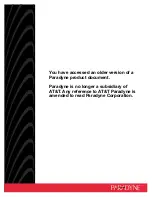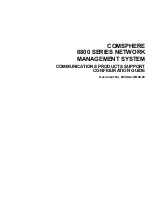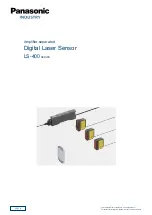
44
An EyeLink Portable Duo Tutorial: Running an Experiment
©
2016-2017 SR Research Ltd.
Please note that for most participants, you will just need to adjust the height of
the chinrest and chair to get the intended camera image without changing the
eye tracking unit. However, for participants wearing glasses, depending on the
shape and reflection of the glasses, you may need to make slight adjustments to
the eye tracking unit (e.g., moving the camera closer to the participant, lowering
the position of the camera, and/or adjusting the angle of the camera, or the
participant seating) so that reflections from the glass will not interfere with
pupil or CR acquisition. The left panel of the following figure illustrates a good
camera setup whereas the reflections in the right panel partially block the pupil
image.
Figure 3-2: Camera Setup with Participants Wearing
Glasses
If the image becomes too dark or too light, wait one second while the auto-
contrast adjusts itself. To obtain the sharpest image of the participant’s eyes,
the camera should be focused by rotating the focusing wheel (installed at the
underside of the eye tracker - about 3 cm from the front and 4 cm from the left
side of the unit). The experimenter can access the control by placing one hand
under left side of the camera, with thumb on top of the unit. Be sure the hand
is not blocking the optical window on the front of the unit. Feel with the index
finger for a slot with a recessed ribbed wheel. Use the index finger to push the
wheel left or right slightly, until the best focus is achieved. Do not over-adjust
















































